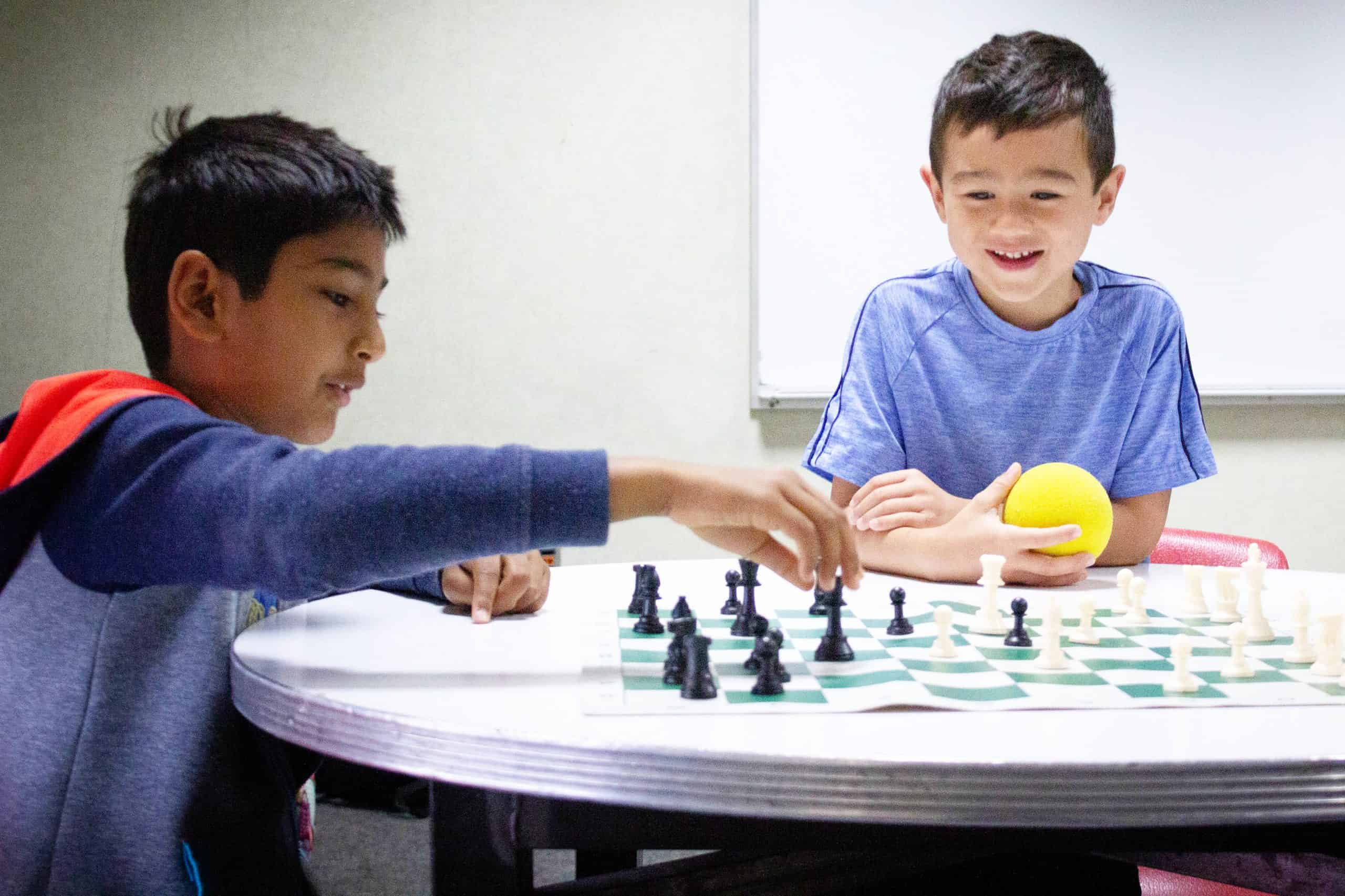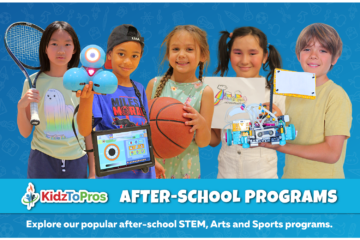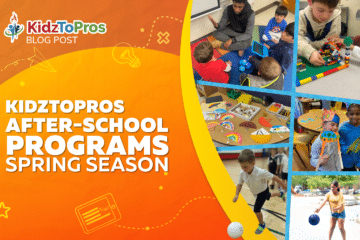Six Ways to Inspire a Love of Learning in Your Child


Education is one of the keys to living the life that people want. The ability to learn is a life-long skill that consistently helps people improve their lives. Research studies point out that having a higher level of education leads to more opportunities, the potential for a higher salary, and the possibility of living an objectively happier life.
One of the greatest things that you can do for your children is to inspire a love of learning at an early age. Sparking a desire to learn takes advantage of kids’ innate desire to explore and understand the world. Young children are in the prime of their cognitive development and can learn new skills at a rapid pace. More than this, loving learning at an early age means kids will continue to look for new things to learn and master well into adulthood. It sets them on the right path for success. Here is how you can help your children create a passion for learning now and throughout their lives.
Determine Your Child’s Learning Style
Learning styles are the different methods that children use to learn new things. When you understand how your child learns, it can be less frustrating for them to take on new activities. It will also increase the likelihood they will enjoy it. Determining the best learning style(s) for your child often takes time and exploration.
Four common learning styles
Children generally fall into one of four commonly cited learning styles:
- Visual Learners depend on images, graphics and visual feedback to form connections between objects, ideas, and concepts. Learning new things can be much easier when they can see how something works.
- Auditory Learners prefer to understand new content through listening, discussion and repetition. “When it comes to studying, an auditory learner might remember material best if they talk about it with someone else. It will be easier to recall a conversation than a visual image of words on a page.”
- Read/Write Learners prefer to learn through words. They absorb information by reading text and are adapt at translating abstract concepts into words and essays.
- Kinesthetic Learners are those who learn best through touch, such as touching an object, learning with manipulatives, or practicing an activity. Children who are kinesthetic will learn best through interactive experiences, hands-on projects and physical activities.
Your child may use different styles in different situations. For example, schools like to use lectures as a means of structuring lessons. That means that your child will use visual and auditory learning methods. He or she is also likely to use a read/write method, such as taking notes, to visualize and memorize information. Every learning style is a valid way to learn and one is not inherently better or worse than the others.
To encourage your child’s love of learning, identify the learning style that your child uses and enjoys, and create opportunities to leverage that style. You can use this to your advantage by setting up learning experiences that give them a chance to learn in their preferred way. For example, if your child is a kinesthetic learner, find programs that are project-based or provide hands-on learning. This will remove barriers to learning and make the learning process more enjoyable.
Discover Activities That Interest Your Children

The key to effective learning is engagement, or how connected, inspired and invested kids are in the lesson. High engagement levels often mean higher performance levels and a better understanding of the material. When your child is interested in what they are learning, the lessons are more effective. Your child will be more motivated to continue to explore and learn without the need for extrinsic motivation (motivation from others).
To find what your child may be interested in, question them on a range of topics and interests. Are they interested in music, arts, acting, sports, technology, games, cooking, books or crafts? Gauge his or her responses to see which of the options you discuss gets the biggest reaction. Once you have a list of potential interests, expose your child to each to see which ones get a persistent and excited reaction. This should tell you what your child is actually interested and invested in, making it easier to plan learning experiences.
Your child’s interests will change over time. Parents should check in periodically to see if their child’s interests are waning or changing. It will help you adjust your activities to ensure that you can continually support your child in the subjects that they love.
Encourage Hands-on Experiences

When it comes to learning, hands-on experiences are very important. The entire learning experience is made more interesting and enjoyable. Hands-on experiences support interaction and use of your child’s senses (touch, feel, smell, taste and hearing). Imagine attending a class that is textbook and lecture material only. Most children will soon become bored with learning. The more tactile, hands-on experiences that you can incorporate, the more engaging learning will be.
Children are more likely to absorb and remember information when they participate in hands-on learning experiences. They are more involved and feel more a part of the activity, making them more aware of what they are learning. Hands-on learning also provides more opportunities to explore what they have learned and discuss how it can be applied to other topics.
As you create opportunities for your child to learn, think about how you can create hands-on experiences they will love. If you want to teach them about money, consider visiting a bank or having them make a small purchase using cash. This is a simple example of a hands-on learning lesson that you can incorporate into your day. For more in-depth activities, consider enrolling them in project-based programs such as game design or Makerspace.
Make the Learning Process Fun

When it comes to making learning fun, the first thing we need to do is to eliminate the constant reminder that learning is going to be difficult. Let’s teach our children that learning comes in small steps and there’s always a new lesson to learn.
One of the easiest ways to make learning fun is to allow your child to learn on their own time, at their own pace. When you letting your child take ownership over learning things, it makes it much more likely that they will pick up the skills and abilities. Instead of harping on your child about trying harder or moving faster, encourage them to do their best and be consistent. If your child has extra time, have them spend it playing interactive games or practicing what they have learned.
It’s also important to let your children know that learning doesn’t have to mean that they get all the answers right away. Sometimes the best part of the learning process is simply the learning journey. Letting them get ahead of themselves and confidently ask you questions can be a great way to stimulate the learning process and build better listening skills for your child.
If they get bored with something, chances are they aren’t going to pay very close attention or take the learning process very seriously. Try to find ways to keep them entertained or at least interested. There are many ways to do this, including musical instruments, fun flashcards, simple games, and even movies about the topics they want to know more about.
Implement Rewards for Achievements
Learning for the fun of it can be enjoyable. However, there are students that enjoy learning for the benefits that they get out of it. Naturally, the benefits of learning something new can take a long time to materialize. That’s why parents should try to provide an instant reward for earned achievements.
According to research conducted by the University of Chicago, experiencing the reward for earning an achievement helps students directly connect learning with its positive outcomes. The more often this happens, the more your child will associate learning with positive consequences. Eventually, this could turn into intrinsic motivation (an internal drive to complete goals).
One of the most effective ways to address this issue is to setup a reward system. Many parents have rewards systems for their children based on their quarterly grades. As you establish your reward system, pick an interval for checking grades. Also, pick a reward that is both reasonable compared to the achievement and is of value to your child. If your child doesn’t want the reward, they will not be motivated to work for it.
Keep in mind that this system should not include punishment for failing to achieve the desired outcome. It is critical that the system focuses on positive reinforcement over punishment. Introducing punishments will only undermine any good progress that you have already made.
Find a Great Educational Partner
Ask your children what they want to be when they grow up. You’ll find there are a lot of future teachers, police officers, firefighters, chefs and astronauts. The truth is those are the jobs that kids are frequently exposed to in school and in their community. What if kids learned about engineers, game designers, artists, and filmmakers and were taught skills needed in each of these jobs?
Finding the right educational partner that exposes your child to a broad range of STEM, arts and sports activities will help determine the topics that inspire your child. At KidztoPros, we create after-school programs and summer camps that engage kids and motivate them to keep learning about topics they like and want to explore in-depth, including robotics, coding, soccer, filming and more! With dozens of online and in-person programs, there’s a program that’s a fit for every child’s interest.



0 Comments